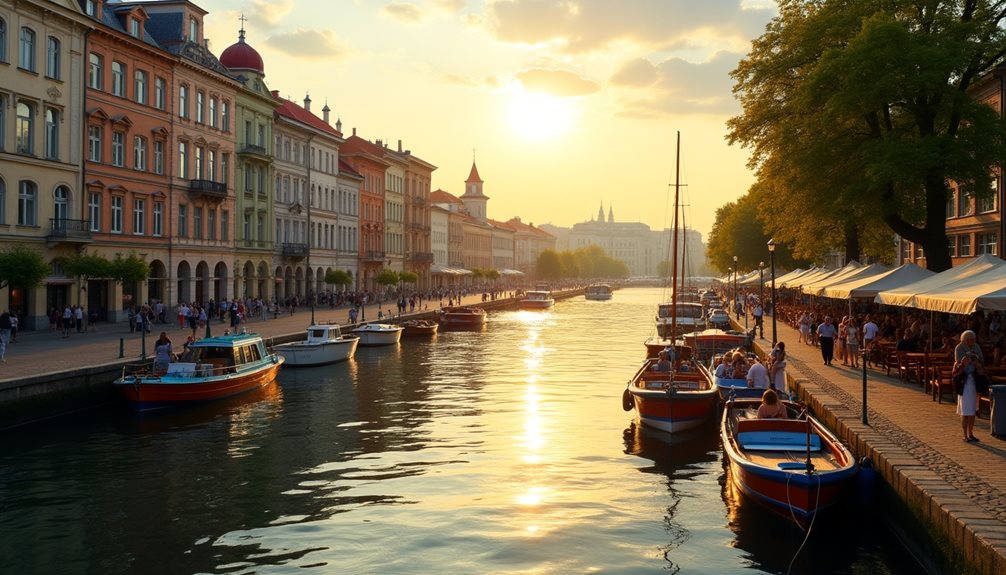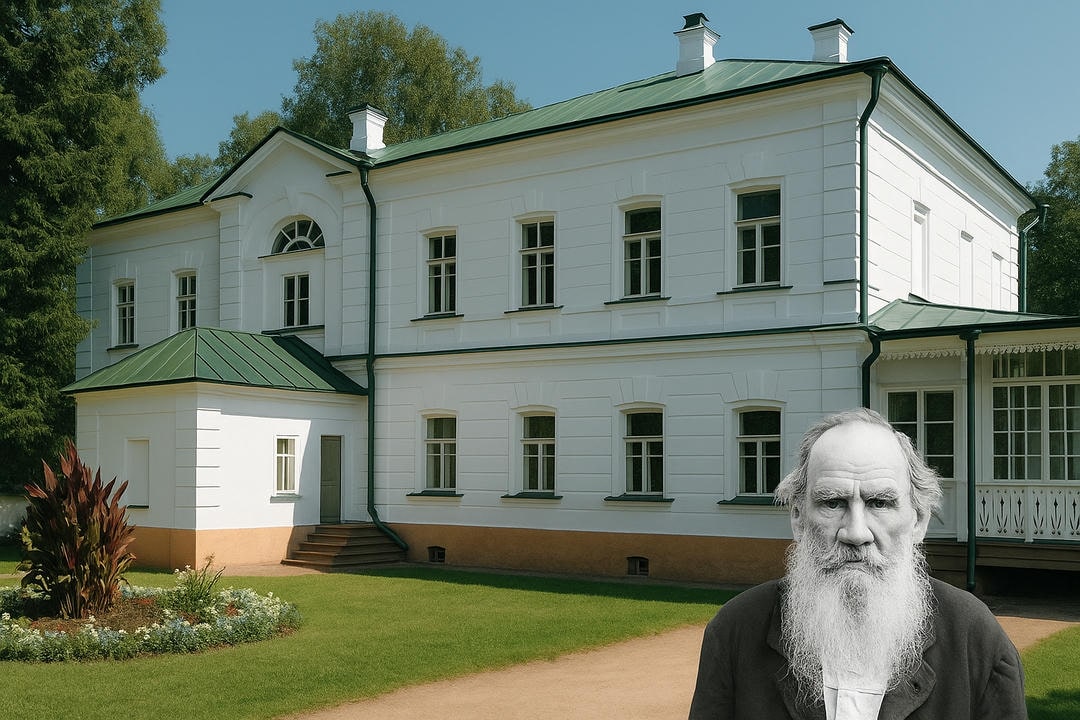Moscow’s Vibrant Culture

The beating heart of Russia, Moscow, pulsates with a vibrant culture that seamlessly merges the grandeur of its historical past with the dynamism of modern life.
As Europe’s largest city, Moscow offers a nightlife that rivals the best in the world, featuring everything from sophisticated jazz clubs to bustling dance floors. This urban tapestry is further enriched by an array of cultural festivals, celebrating everything from classical music to avant-garde art.
Events like the Moscow International Film Festival and the Circle of Light Festival draw global attention, showcasing the city’s rich artistic heritage and contemporary creativity.
These cultural experiences make Moscow a compelling destination for both residents and visitors eager to immerse themselves in its unique atmosphere.
Hermitage Museum Cats
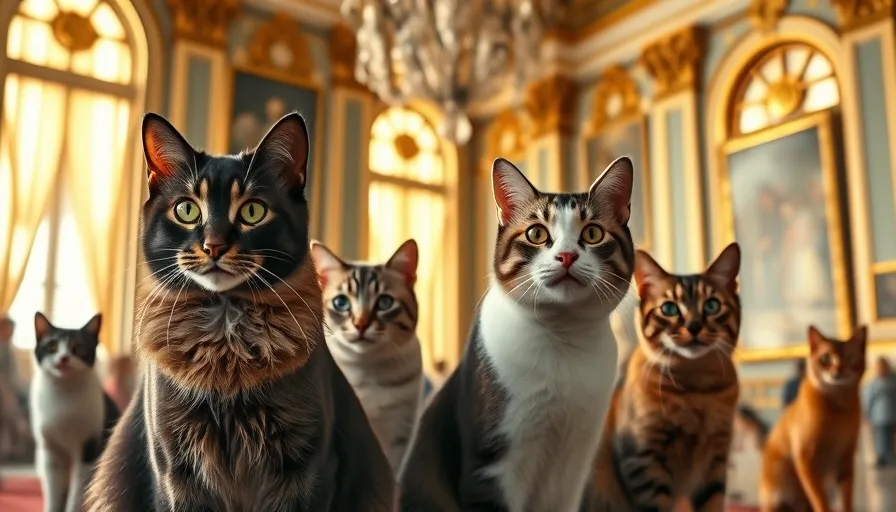
Nestled within the grand halls of Saint Petersburg’s Hermitage Museum, an army of feline guardians has silently patrolled the premises since the 18th century.
These extraordinary cats serve a crucial role: protecting the museum’s invaluable artworks from rodent damage. Over 50 cats live within the museum, each with its own personal passport and dedicated cat caretakers who ensure their well-being.
The presence of these furry protectors adds an undeniable museum charm, engaging visitors and highlighting the unique harmony between art and nature.
This tradition dates back to Empress Elizabeth, who first introduced the cats to the museum, establishing a legacy that continues to this day, ensuring both the safety and allure of the Hermitage collection.
Immense Hermitage Museum
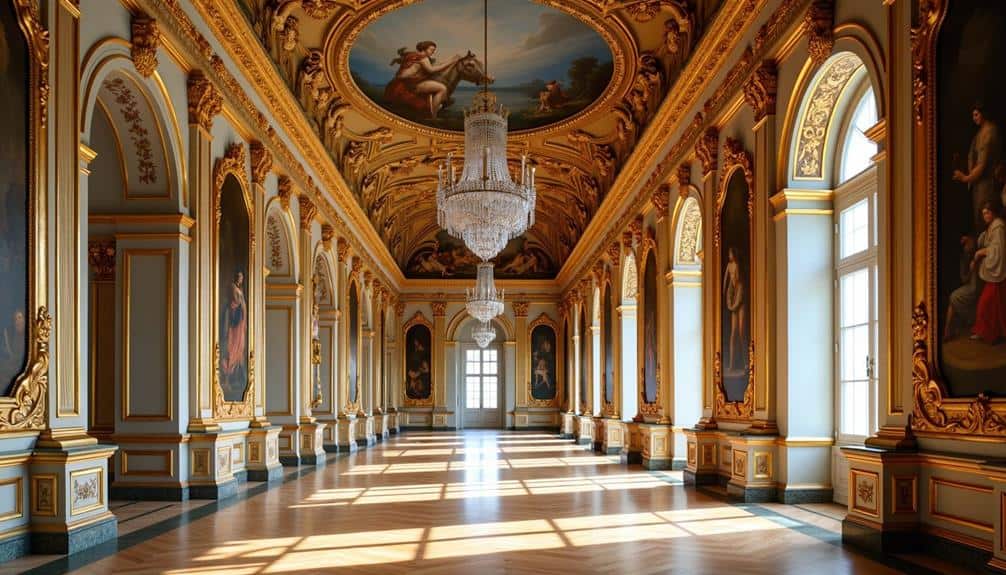
One might be astounded by the sheer magnitude of the Hermitage Museum, a cultural colossus that stands as one of the largest and oldest museums in the world.
Spanning six historic buildings, its museum architecture is a testament to Russian grandeur, encompassing an extensive array of art and artifacts. With over 3 million exhibits, the museum offers unparalleled exhibit accessibility, allowing visitors to immerse themselves in centuries of history and culture.
The Hermitage’s design seamlessly blends opulent baroque and neoclassical styles, ensuring an aesthetically pleasing journey through its halls.
Every corner reveals a new wonder, from ancient relics to modern masterpieces, making it an indispensable destination for art lovers and historians alike.
Vodka’s Russian Roots
Moving from the grandiose halls of the Hermitage Museum to another cultural cornerstone of Russia, one stumbles upon the storied legacy of vodka.
Although its origins trace back to Poland, it was in Russia that vodka found its true identity. Steeped in vodka history, Russia refined the spirit to perfection, making it a staple of Russian culture.
Vodka production here is an intricate art, combining pure water and high-quality grains, often distilled multiple times for clarity and strength. This meticulous process has resulted in a drink that holds both ceremonial and everyday significance.
Visitors to Moscow can delve into this rich heritage at the Vodka Museum, exploring the enduring impact of vodka on Russian society.
Russia’s Vast Forests

Dominating the vast expanse of Russia’s landscape, forests cover approximately 60% of the country, primarily concentrated in the Siberian region.
These forests are a haven of forest biodiversity, hosting an array of flora and fauna, some of which are rare and endangered. The ecological significance of Russia’s forests cannot be overstated; they act as a critical carbon sink and play a vital role in global climate regulation.
Additionally, these vast woodlands support various ecosystems that are crucial for the survival of numerous wildlife species. The Siberian taiga, the world’s largest forest, stands as a testament to nature’s resilience and splendor.
Understanding these forests’ importance emphasizes the need for their conservation and sustainable management.
Oymyakon’s Extreme Cold
Nestled deep within the Siberian terrain, Oymyakon holds the title of the coldest inhabited town on Earth, where winter temperatures routinely plummet to a bone-chilling -50°C.
This extreme environment demands unique Oymyakon survival strategies. Residents rely on specialized clothing, insulated homes, and diets rich in protein and fat to endure the relentless cold.
These Oymyakon cultural adaptations also include the use of underground storage for food preservation and community reliance for mutual support.
Despite the harsh climate, the town’s inhabitants maintain a resilient lifestyle, illustrating human tenacity and ingenuity.
The stark beauty of Oymyakon’s frozen landscape, coupled with its extraordinary living conditions, offers a fascinating glimpse into one of the world’s most challenging environments.
Sochi’s Sub-Tropical Climate
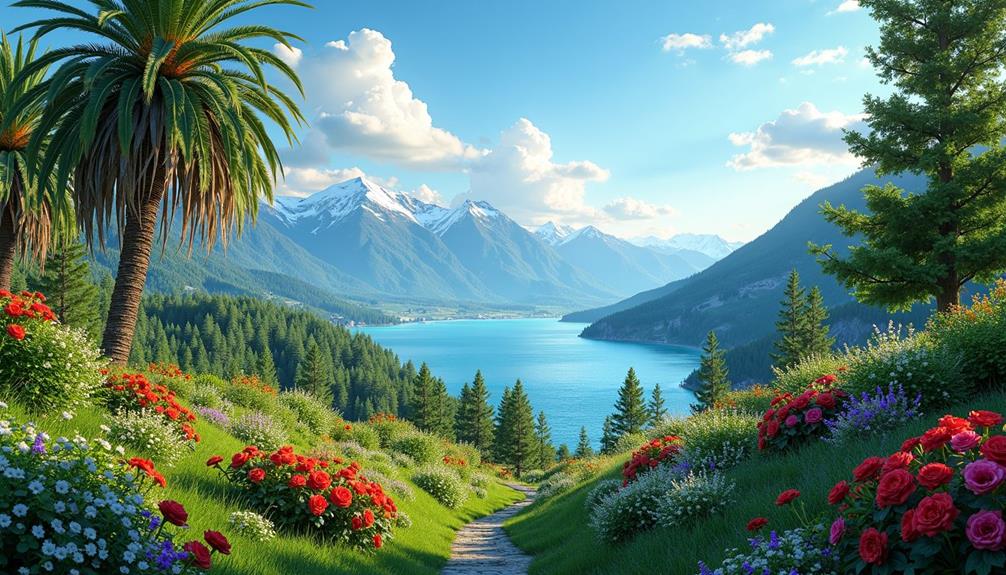
Often referred to as the Russian Riviera, Sochi boasts a sub-tropical climate that stands in stark contrast to much of Russia’s typically harsh weather.
Nestled along the coast of the Black Sea, Sochi enjoys mild winters and humid summers, making it a prime destination for Sochi tourism. The average summer temperature hovers around 28°C, attracting visitors who seek to bask in its warm embrace.
Its unique climate allows for a blend of palm-lined beaches and snow-capped mountains, offering a diverse range of activities.
This climatic advantage not only fosters a booming tourism industry but also enhances the city’s allure as a year-round resort, drawing both domestic and international travelers in search of a paradisiacal escape.
Trans-Siberian Railroad
Spanning an impressive 9,289 kilometers (5,772 miles), the Trans-Siberian Railroad holds the title of the longest railway in the world.
This engineering marvel offers unparalleled railway adventures, crossing eight time zones and connecting major Russian cities from Moscow to Vladivostok.
Travelers are treated to a week-long journey through an array of scenic landscapes, from the Ural Mountains to the vast Siberian taiga and the serene shores of Lake Baikal.
The Trans-Siberian Railroad is more than a transportation route; it is a lifeline that links diverse regions and cultures, offering a unique window into the heart of Russia.
Each leg of the journey offers new vistas and experiences, making it a quintessential adventure for any travel enthusiast.



